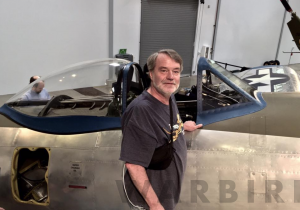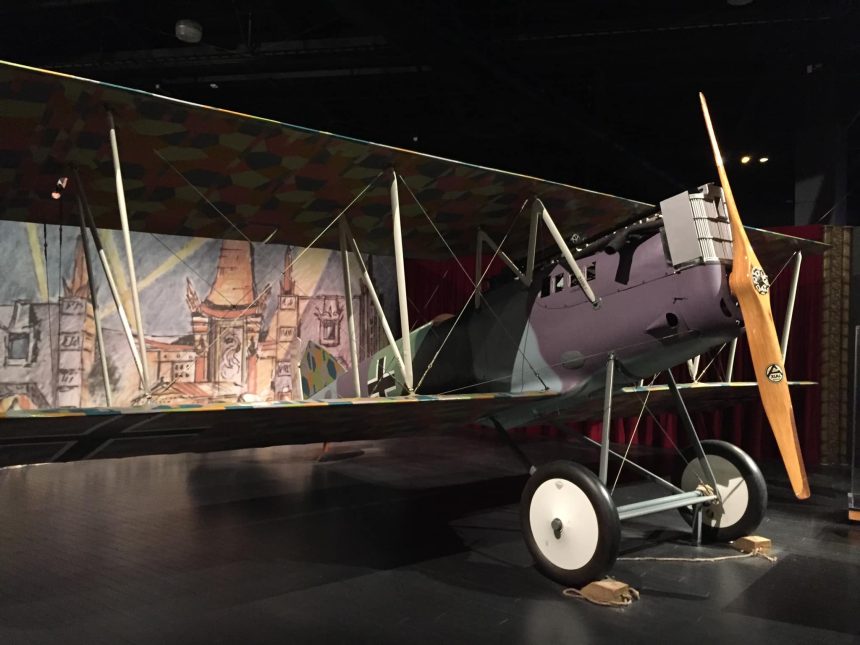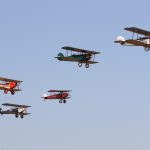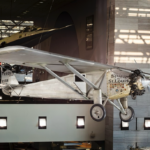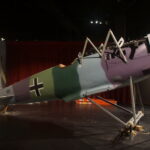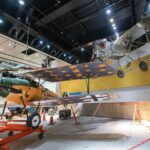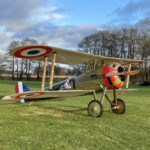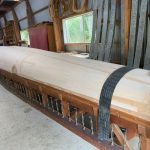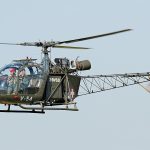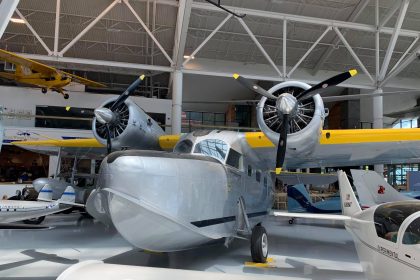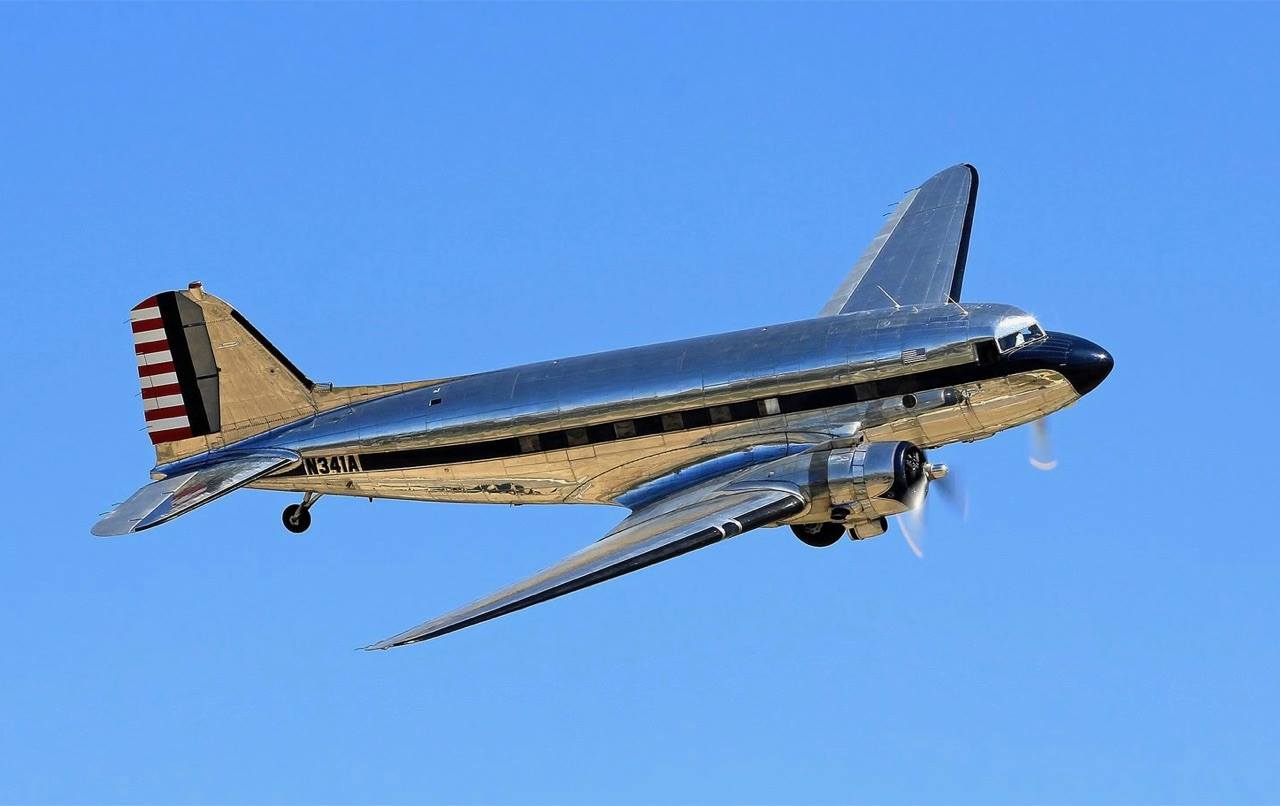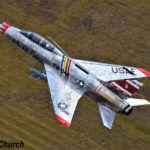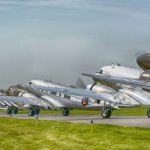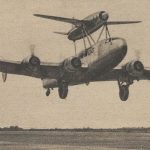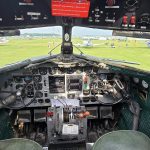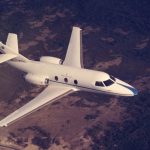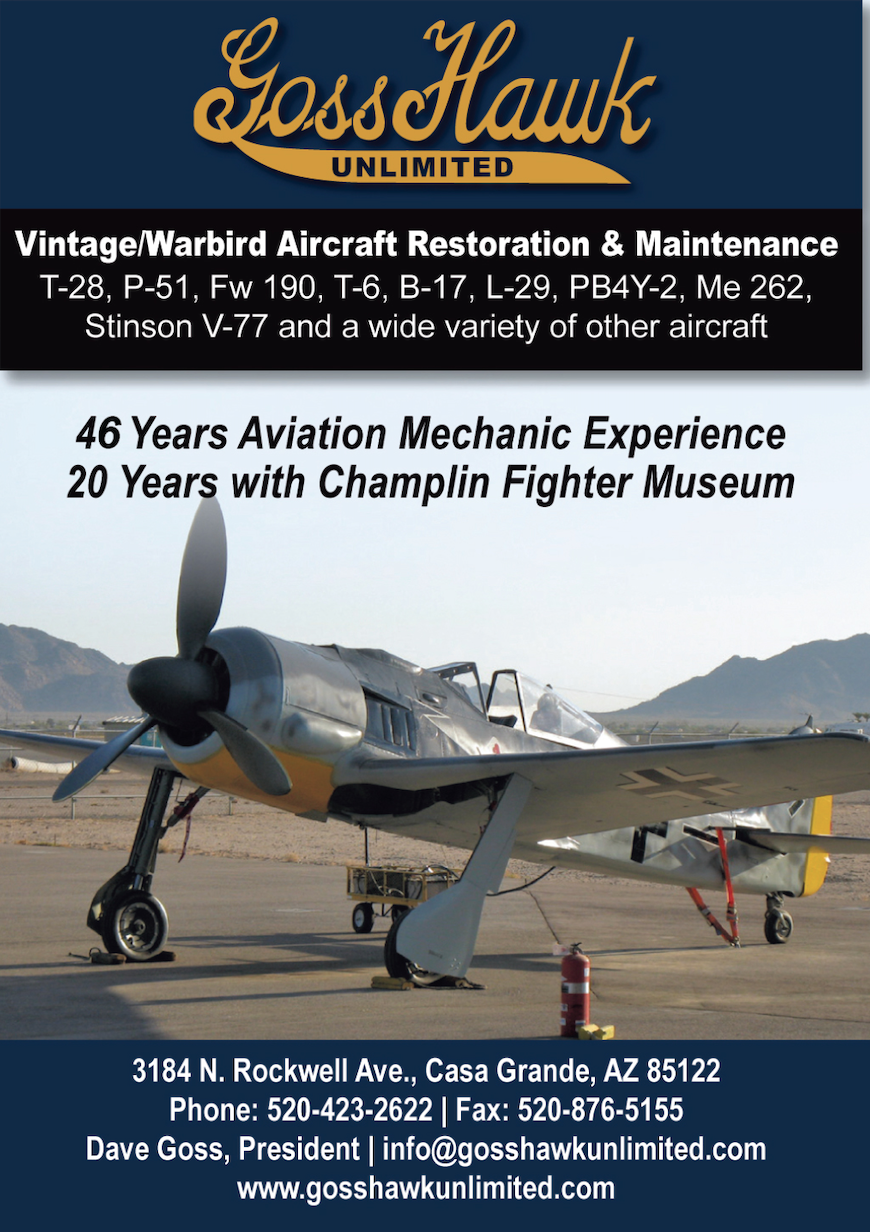By Randy Malmstrom
Since his childhood, Randy Malmstrom has had a passion for aviation history and historic military aircraft in particular. He has a particular penchant for documenting specific airframes with a highly detailed series of walk-around images and an in-depth exploration of their history, which have proved to be popular with many of those who have seen them, and we thought our readers would be equally fascinated too. This installment of Randy’s Warbird Profiles takes a look at the Museum of Flight‘s Pfalz D.XII.
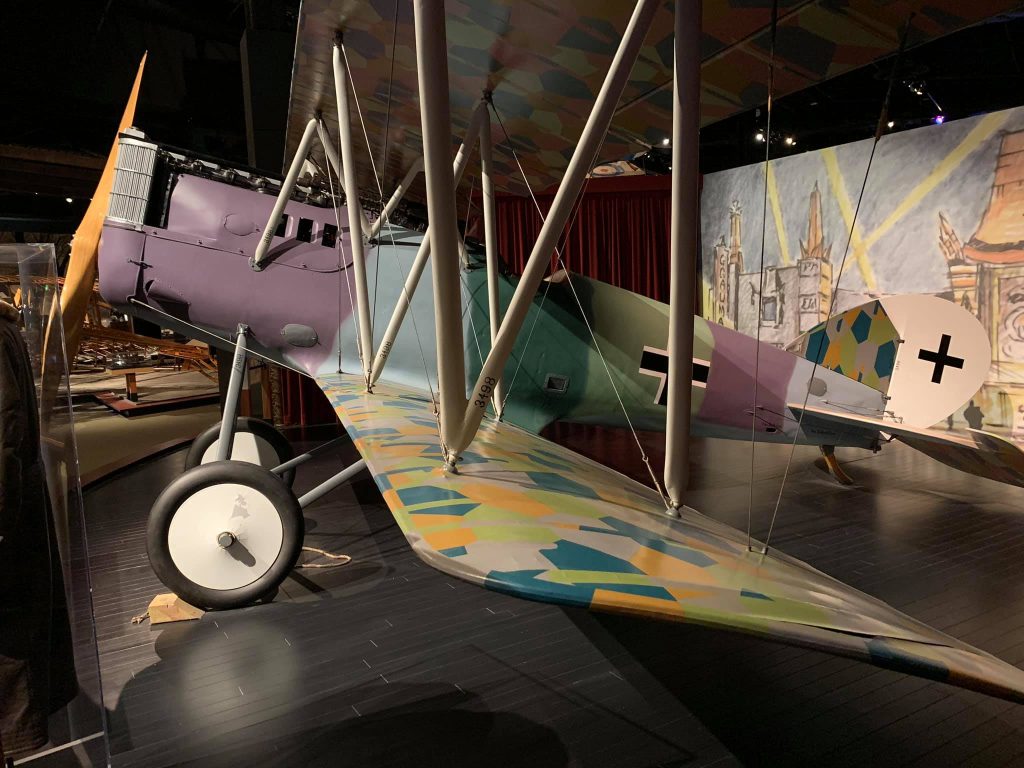
Pfalz D.XII, s/n 3498, N43C. I have seen varying accounts of what seems to be an estimated 1918 military service history – if any – of this particular aircraft. As far as I have determined, after World War I it was brought to the U.S. and underwent evaluation by the U.S. Army Air Service (USAAS). In fact, according to a USAAS document entitled “Reports of Inspection of (Captured) German Airplanes”, it was apparently one of two Pfalz D.XIIs that were inspected at Coblenz, Germany (now Koblenz) on January 1, 1919 before being removed to the U.S.
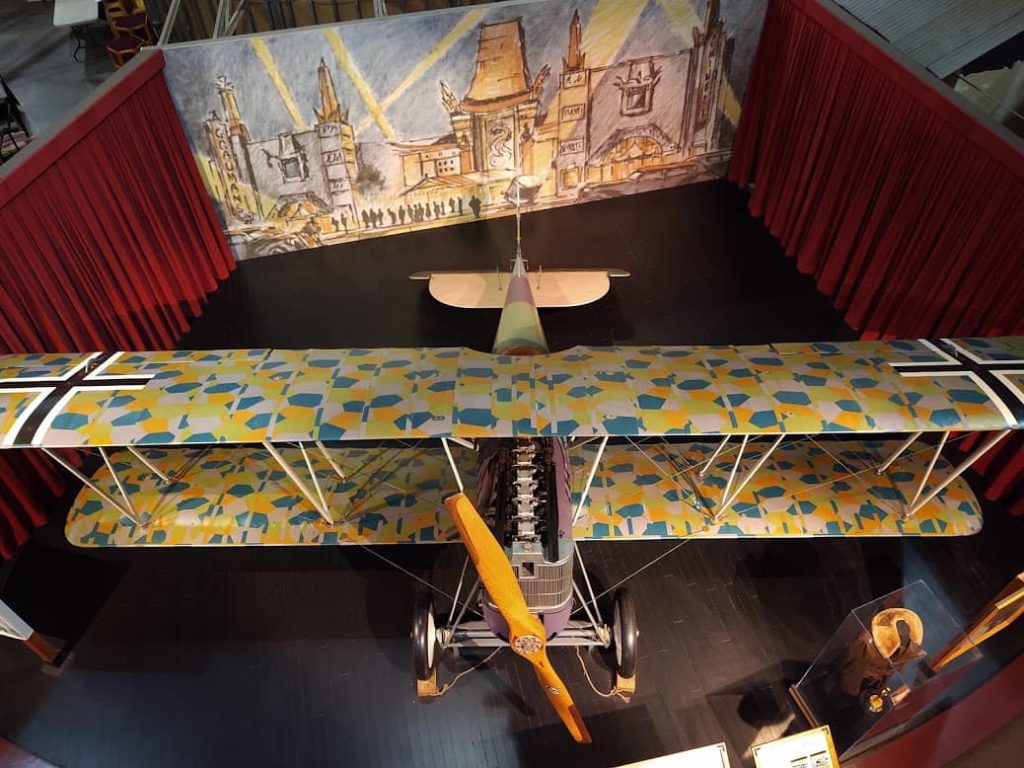
It was one of two D.XII aircraft acquired in the 1920s by Crawford Aeroplane & Supply Co. of Venice, California. By 1927, the company changed its name to Crawford Airplane and Motor Manufactory and relocated to a small dirt airstrip at Seal Beach south of Los Angeles and next to the Pacific Coast Highway; the strip became known as Crawford’s Airport. In 1928, the aircraft was sent to Hollywood by Warner Brothers for use in the 1930 film Dawn Patrol and was used subsequently for other films.
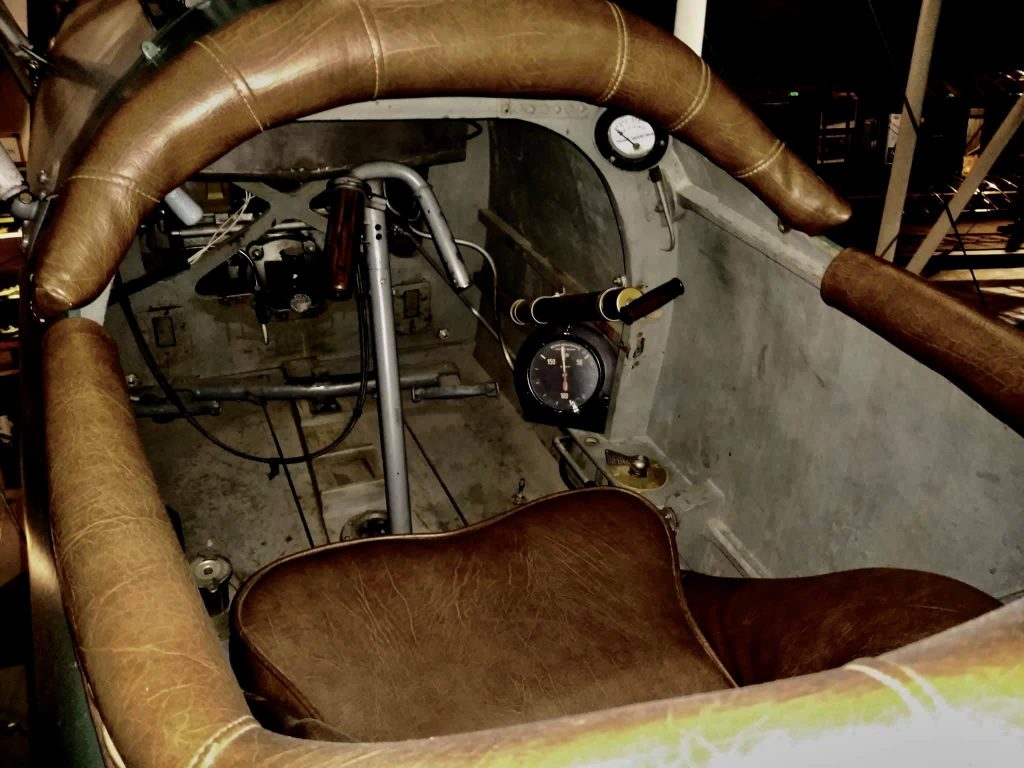
In 1937, Colonel G.B. Jarrett (with an interesting history of his own) bought it for his Jarrett Museum of World War History in Atlantic City, New Jersey. Indeed, a bill of lading from the Shepard Steamship Co. of Los Angeles dated October 15, 1937, documented the shipment of “1 uncrated old 2nd-hand German airplane in one bundle – wings collapsed to side and roped. Fabric torn. Tires flat. On Deck – Owner’s risk. Vessel not responsible for damage”. The freight charge was $79.75. Jarrett’s notes indicate the “D12” arrived safely in Atlantic City on November 6, 1937, and a foldout flyer from the “Research and Curio Center, Moorestown, N.J.” records the purchase as an original “D12” and “restored to wartime appearance and condition”.
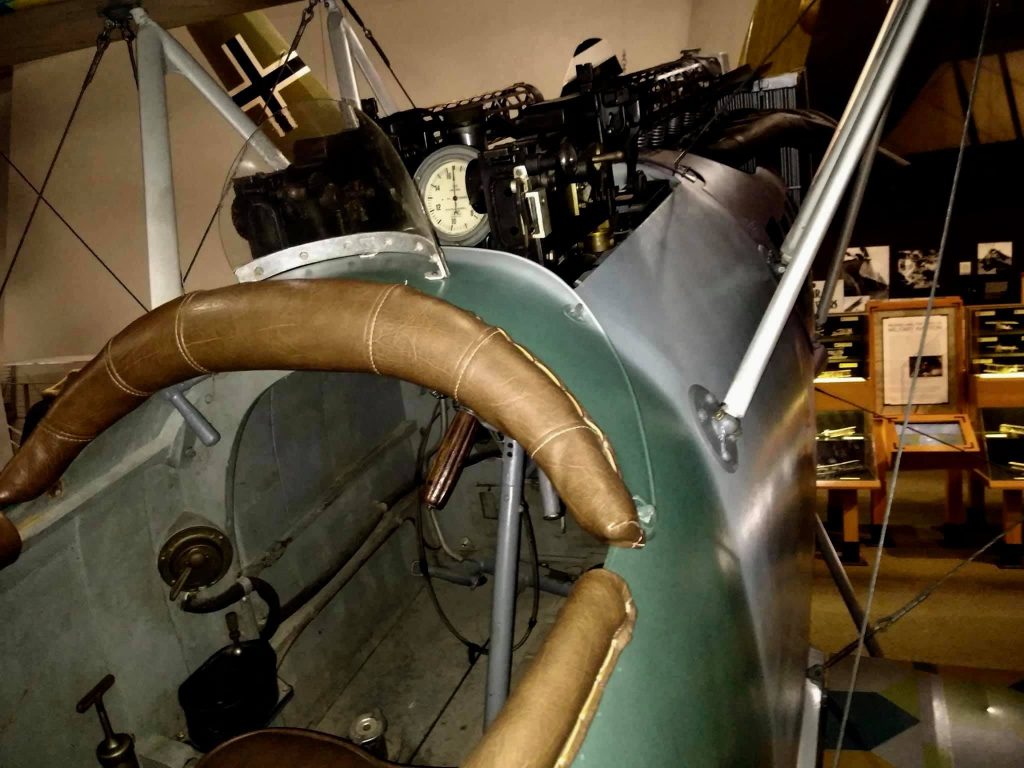
In the 1950s, collector and stuntman Frank Tallman acquired the Pfalz and had it restored to airworthiness by Robert Rust of Atlanta, Georgia. The Tallman collection was auctioned off in 1968, and it became part of Dolf Overton’s Wings and Wheels collection in Orlando, Florida. Doug Champlin acquired it at another auction in 1981. It is now on display at the Museum of Flight in Seattle, Washington and is one of a few survivors. As of this writing it has a valid FAA certificate.
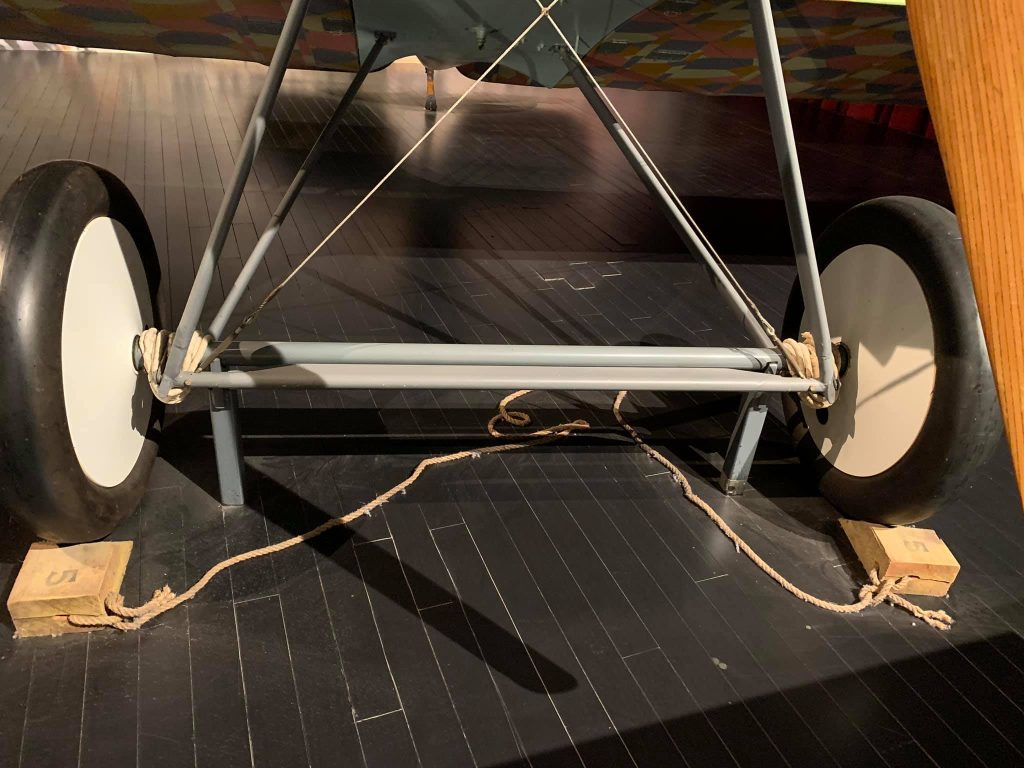
The Pfalz D.XII was built by Pfalz Flugzeugwerke GmbH in Speyer in the Rhineland-Palatinate (Rheinland-Pfalz, or Rhineland region) in western Germany. It was designed by Rudolph Gehringer as a successor to the Pfalz D.III and as a two-bay biplane fighter of all-wood construction with a semi-monocoque plywood fuselage (two-bays referring to the compartments created by adding interplane struts in the wing structures).
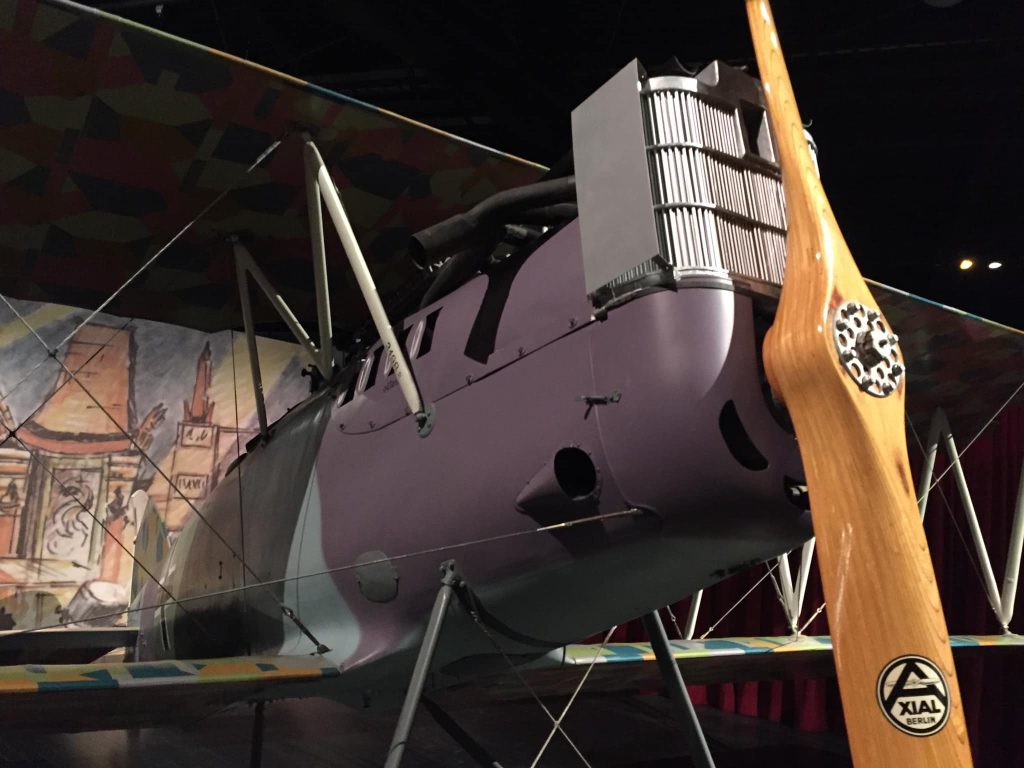
The “D” designation is for Daimler and “III” is for an engine in the range of 150-200 hp. To my understanding, type “D” under the Inspektion der Fliegertruppen (Idflieg) designation system initially referred to single seat biplanes; however, this designation was later applied to monoplane fighters as well, discarding any distinction regarding wing layout.

The first flights of the prototype took place in March 1918 at Johannisthal Air Field at Aldershof, Germany. Design delays involving, for example, the radiator’s vertical tubes (rather than a honeycomb structure) which caused overheating, meant that it did not pass its Typenprüfung (official type test) until June 19, 1918, and the first deliveries began in July to Jagdstaffeln (Jasta for short or squadrons) and primarily to Bavarian units. The Fokker D.VII was the preferred aircraft however, and Leutnant Rudolf Stark (who, after serving with the 2nd Bavarian Uhlan Regiment, transferred to the Deutsche Luftstreitkräfte and by June 1918 was Staffelführer of Jasta 35b flying a Fokker Dr.I triplane) proclaimed that no pilot wanted to fly them except under compulsion.
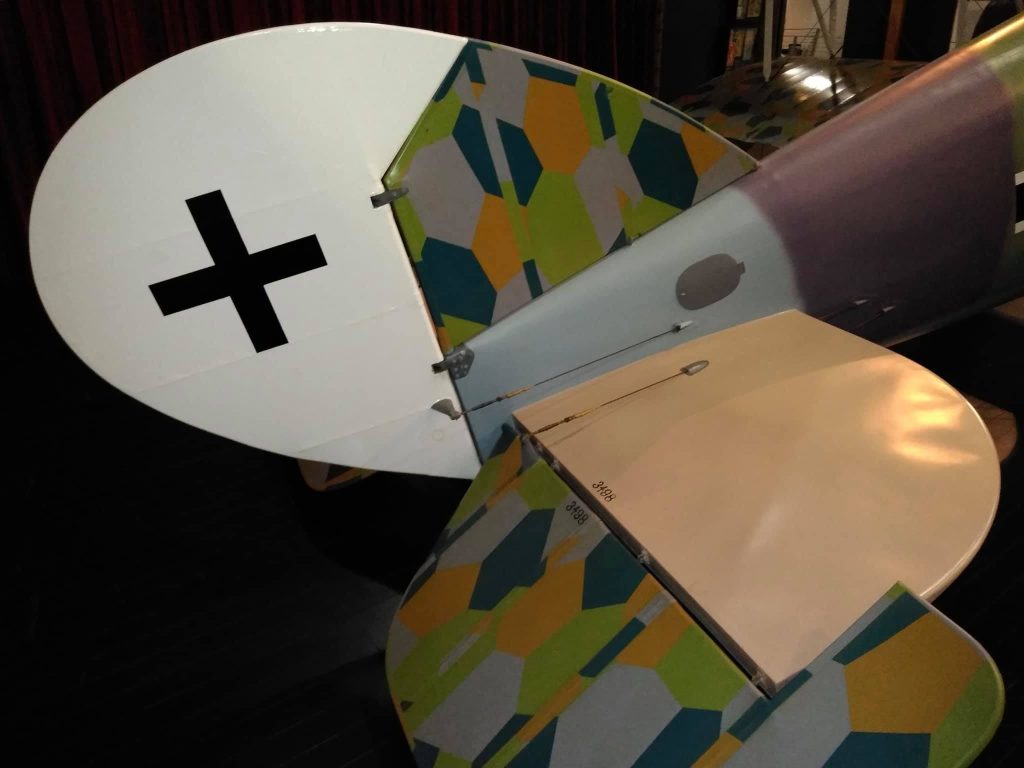
Nearly 800 aircraft of this type were produced by the time of the November 11, 1918 armistice, and it became the last Pfalz aircraft to see service in World War I. Approximately 175 were surrendered/captured by Allied forces. Several were used by the Hollywood film industry in films such as Howard Hughes‘ Hells Angels (1930) and the 1930 and 1938 versions of Dawn Patrol. Powerplant: Mercedes D.IIIa 6-cylinder in-line engine. Armament: two LMG 08/15 Spandau 7.92 mm cowling-mounted machine guns synchronized to fire through the propeller arc.
About the author
